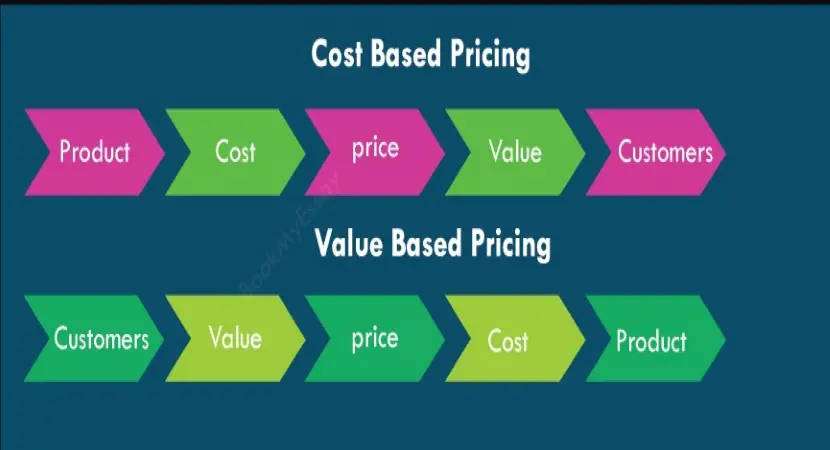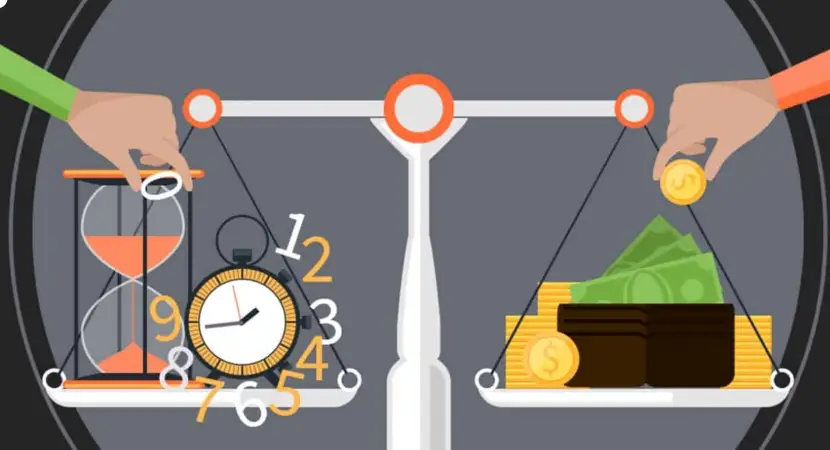Curious about cost-based pricing and how it works? In this article, we’ll explore the concept of cost-based pricing, providing you with a clear understanding of this pricing strategy.
Cost-based pricing determines the price of the product and services by measuring manufacturing, transportation, and distribution cost. Businesses determine the selling price by calculating the total cost of production and adding a markup. Different classifications of cost-based pricing are Cost-Plus Pricing, Markup Pricing, Break-Even Cost Pricing, and Target Profit Pricing.
Furthermore, we will explore the advantages and disadvantages of a cost-based strategy, providing you with a comprehensive overview of cost-based pricing in practice.
Different Classifications Of Cost-Based Pricing
Cost-Plus Pricing
This is the most straightforward approach to figuring out the product’s pricing. The price is determined by adding a specified percentage, sometimes a surplus percentage, of the entire cost (as a profit) and is referred to as the cost-plus pricing approach.
This pricing approach disregards consumer demand and rival prices.
For example, the selling price is 90$ if the cost is $50, and an additional $40 is added as an anticipated profit. Implementation is easy and uncomplicated, and most of it is performed at a standard level.
Formula: Price = Unit cost + Expected percentage of return on cost
Markup Pricing
It relates to a system of pricing when the product’s selling price is calculated by adding the set sum or proportion of the product’s cost to the product’s price, and most retailers use such pricing.
This is very important for the company’s efficient operation, continuation, and expansion. Additionally, because they invested in the company and assumed the related business risks, all its stakeholders will share in the benefit.
For instance, if the cost is $100 and we want to mark it up by 10%, the final price will be $110.
Formula: Price = Unit Cost + Markup Price
Break-Even Cost Pricing
The primary goal of the business under the break-even cost pricing strategy is to pay for its fixed costs. This strategy uses this strategy to determine the product price using the production, manufacturing, and delivery without a markup.
The final goal of this strategy is to calculate the requirement to sell the number of units to cover the production cost instead of raising the price of each item to increase profits.
This is important, especially for sectors like the transportation industry with substantial fixed costs.
Formula: Price = Variable cost + fixed cost / unit sales + desired profit
Target Profit Pricing
A corporation will first decide the goal profit it wants to attain for a monthly, quarterly, or financial year under the target-profit pricing technique. The intended profit margin determines the sale price.
The company’s management uses a step-by-step process to calculate total sales volume based on total cost, selling price, and goal profits.
Management uses the target profit pricing approach to determine the product’s price and sales volume based on profit targets.
Formula: Price = (Total Cost + Desired Percentage of Return of Investment) / Total Units Sold
Advantages
- Simple to comprehend and calculate the cost.
- Levying a markup that covers all costs ensures that a business makes money even as costs rise.
- Includes all expenses incurred, such as production and administrative expenditures.
- Various goods and services can use it. This includes bespoke goods and even fresh, cutting-edge products.
- It helps quickly submit bids for massive projects while making investment evaluation decisions easier.
- It provides a just and sensible method of product pricing. Customers will understand such prices when aware of the costs associated with the product.
Disadvantages
- Because cost-based pricing doesn’t consider demand or competition, it is not competition- or demand-aware. Every business needs to record expenses while promoting and marketing a product.
- This strategy might occasionally overlook the consumer’s significance to the market.
- Prices derived via such a method can differ from those obtained from the market. Either the price is excessively high to deter buyers or too low to incur a loss and make investors overlook the economic cost of investing.
- Might Lead to Manufacturing Cost-based pricing inefficiencies may also lead to an ineffective manufacturing technique and creation of a good. Any business implementing cost-based pricing won’t need to consider the manufacturing process because the customer bears the cost.
- Could Lead to Unethical Production Practices Cost-based pricing may lead to unethical production techniques. You can make concessions while maintaining the same markup if your goal is to maximize your earnings based on the cost of production.
Examples Of Cost-Based Pricing
- James Hill founded a company to design and produce home furnishings from repurposed materials. Most materials used to make the company’s goods are free, allowing for minimal production costs. E-commerce platforms are used for marketing and sales, reducing each sale’s cost. Mr. Hill wants to use cost-based pricing to determine prices, with a 20% margin above cost. Prices per unit were roughly US$24, with costs per component averaging $20.
However, a friend discovered that many clients who cared about the environment were willing to pay significantly more for such imaginative and inventive designs. This friend suggested James watch deals made by a well-known furniture manufacturer and look for functionally equivalent things after conducting some market study.
2. Let’s assume the total cost and other variables of the product. A company sells things in a market. Cost-based pricing establishes the price. Each unit will cost $200 in variable costs and $50 in fixed costs. The cost is marked up by 50% for profit. Make a selling price per unit calculation.
Here, cost-plus pricing will determine the selling price.
Variable cost = $300
Fixed cost = $60
Total cost of Per unit = $300 + $60 = $360 (variable cost + fixed cost)
Markup percentage% = 50%
Markup amount = 360 *50/100 = 180
Selling price = $360 + $180 = $540 (total cost of per unit + markup amount)
The $ 375 will be the price floor.
These will be the best examples of cost-based pricing to understand the mechanism.
FAQs
What distinguishes cost-based pricing from market-based pricing, and how do they diversify?
When using market-based pricing, you must prioritize the product price over all other considerations. Contrarily, cost-based pricing requires you to consider costs before determining the cost of your products. Organizations typically transition from market-based costing to cost-plus pricing before finally moving toward value-based pricing as they develop. Assure that your pricing approach is changing as your business expands.
What are the problems with cost-based pricing?
The fact that production costs are rarely static is a crucial functional issue with cost-plus pricing. So, either you have a shifting objective or run the danger of profit margin volatility. When you calculate a product's costs at $30 and mark it up to $45, you make a gross profit of $15 on each unit sold.
Mention different types of pricing strategies.
Pricing refers to the price you charge for your goods, and product pricing strategy is the process you use to determine what that price should be. Value-based pricing Competitive Pricing Price skimming Cost-plus pricing Penetration pricing Pricing on Economy basis Dynamic pricing
What is the first step in cost-based pricing?
The initial phase of the process involves evaluating the needs and value perceptions of the consumer. The next stage is to set a target price that corresponds to customers' perceived value. Calculating the potential costs is the third phase. This process can be seen in the above examples of cost-based pricing.
Conclusion
Cost-based pricing is the most straightforward mechanism for businesses to determine a product’s effective price to get the best profit value. The simplest and quickest pricing is illustrated by cost-based pricing. Different firms employ various pricing techniques to achieve the best profit output.
A cost-based pricing approach will produce predictable profits and build consumer loyalty to expand your business if it has been done with strategic thinking. Cost plus pricing, as opposed to value-based pricing, is based on exact and reliable data, so being reasonable with expectations can help everyone involved; thus, it’s crucial to avoid being greedy.



